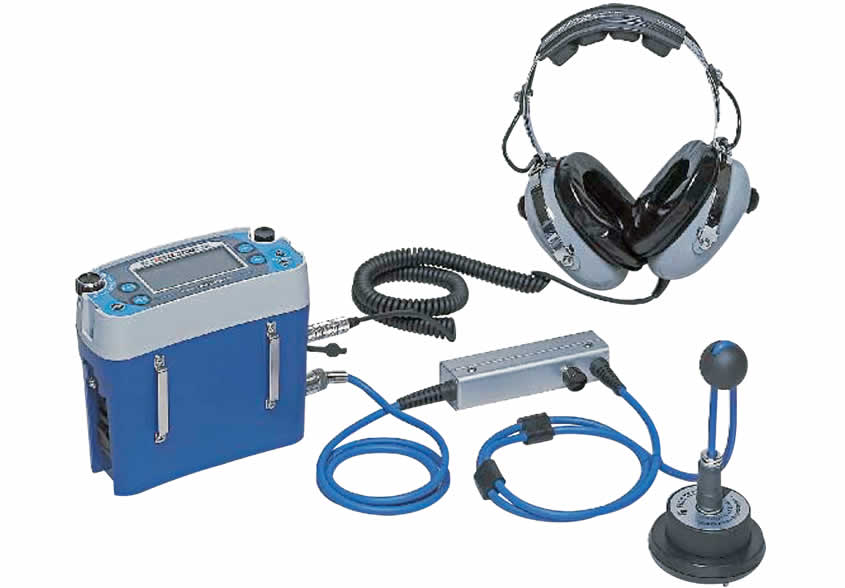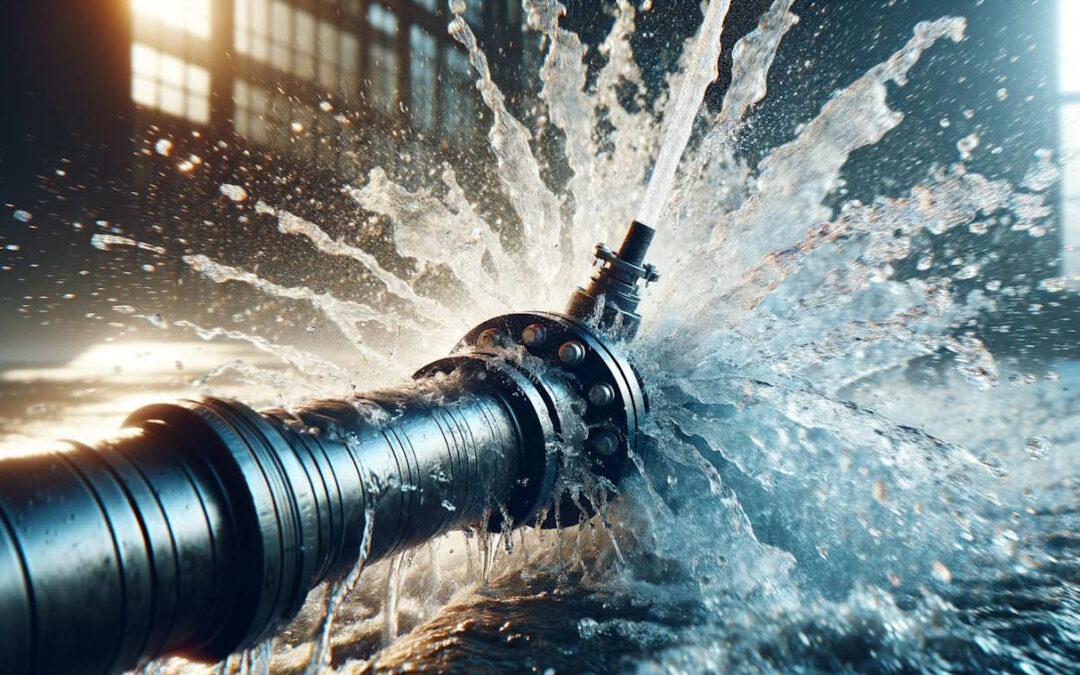Why Timely Water Leak Detection is Essential for Keeping a Healthy Home
Why Timely Water Leak Detection is Essential for Keeping a Healthy Home
Blog Article
Innovative Solutions for Very Early Detection of Water Leaks in Structures and Facilities
From sophisticated leak detection technologies to the deployment of IoT sensors for real-time surveillance, the landscape of leakage avoidance is progressing rapidly. Automated water circulation analysis systems are reshaping how leakages are identified and resolved, leading the method for an aggressive method to water leakage detection.
Advanced Leak Discovery Technologies
Advanced leak discovery modern technologies, outfitted with innovative sensors and formulas, play a vital role in quickly recognizing and pinpointing water leaks in numerous setups. Electromagnetic sensing units can determine changes in electro-magnetic areas triggered by water, offering yet an additional layer of leak discovery capability.

IoT Sensors for Real-Time Monitoring
In the world of contemporary water leak discovery, the combination of IoT sensing units for real-time tracking represents an essential advancement in improving positive leakage discovery abilities. These sensors provide constant surveillance of water systems, supplying real-time information on water circulation rates, pressure variations, and temperature level modifications. By leveraging IoT innovation, these sensors can discover also the smallest anomalies in water usage patterns, enabling very early identification of prospective leaks prior to they intensify into significant issues.
IoT sensors transfer information to a centralized platform, where sophisticated algorithms analyze the details and generate alerts or notifications when irregularities are spotted. This real-time tracking capacity permits residential or commercial property owners or facility supervisors to quickly attend to leaks, lessening water damages, reducing fixing expenses, and preserving water resources.
Furthermore, IoT sensing units can be incorporated with structure management systems, enabling for automated feedbacks to spotted leaks, such as shutting down water valves or triggering pumps to minimize the impact of leakages. In general, the execution of IoT sensing units for real-time surveillance considerably boosts the efficiency and efficiency of water leak detection in structures and framework.
Machine Understanding Algorithms for Leakage Prediction

One secret advantage of utilizing device learning for leak prediction is its capacity to continually find out and boost its accuracy in time. As more data is gathered and fed into the algorithm, it can refine its predictions and adjust to altering conditions, eventually increasing the integrity of leakage discovery systems.
Furthermore, equipment understanding formulas can help in determining refined signs of leaks that might go unnoticed by conventional Related Site surveillance methods. water leak detection. By assessing intricate information embed in real-time, these formulas can offer early cautions and alerts, allowing for timely treatment and precautionary upkeep to reduce possible water damages and connected costs
Utilizing Thermal Imaging for Leakage Discovery
Thermal imaging technology provides an appealing strategy for detecting water leaks in various systems and frameworks. By utilizing infrared radiation and temperature level variances, thermal imaging cameras can identify covert leaks that are not quickly visible to the nude eye.
One of the essential advantages of thermal imaging for leakage discovery is its non-intrusive nature. Unlike conventional methods that may require getting into wall surfaces or floors to situate leaks, thermal imaging permits for non-destructive testing. This not only conserves time and reduces expenses yet also lessens interruption to the building or facilities being evaluated. In addition, thermal imaging can rapidly scan huge locations, providing a detailed summary of prospective leakage sources in a prompt fashion. Overall, the usage of thermal imaging innovation enhances the efficiency and accuracy of water leakage discovery, making it a useful device for maintaining the integrity of structures and facilities.
Automated Water Circulation Analysis Systems
Exactly how can computerized water flow analysis systems change the discovery and monitoring see this page of leakages in different systems and frameworks? Automated water circulation analysis systems provide an aggressive method to leakage detection by continually keeping an eye on water flow rates and patterns. By developing baseline data, these systems can promptly recognize inconsistencies that may suggest a leakage, making it possible for prompt treatment to prevent extensive damage.
These systems use innovative algorithms to evaluate real-time data and provide prompt notifies when anomalies are detected, enabling quick activity to be taken. Furthermore, automated water flow analysis systems can be incorporated with structure monitoring systems or IoT systems, boosting general effectiveness and enabling remote tracking capacities.
Moreover, the data gathered by these systems can be used for predictive maintenance objectives, helping to identify potential weak factors in the framework prior to leaks take place. On the whole, the application find more info of automated water flow analysis systems can significantly enhance leak detection and management methods, eventually resulting in set you back savings, lowered water waste, and boosted sustainability in buildings and framework.

Conclusion
Finally, the combination of sophisticated leakage discovery innovations, IoT sensors, artificial intelligence formulas, thermal imaging, and automatic water flow evaluation systems provides cutting-edge services for early detection of water leaks in buildings and infrastructure. These modern technologies allow real-time tracking, prediction of leaks, and effective discovery methods to avoid water damages and waste. Applying these services can aid in maintaining the stability and sustainability of water systems in different setups.
Report this page